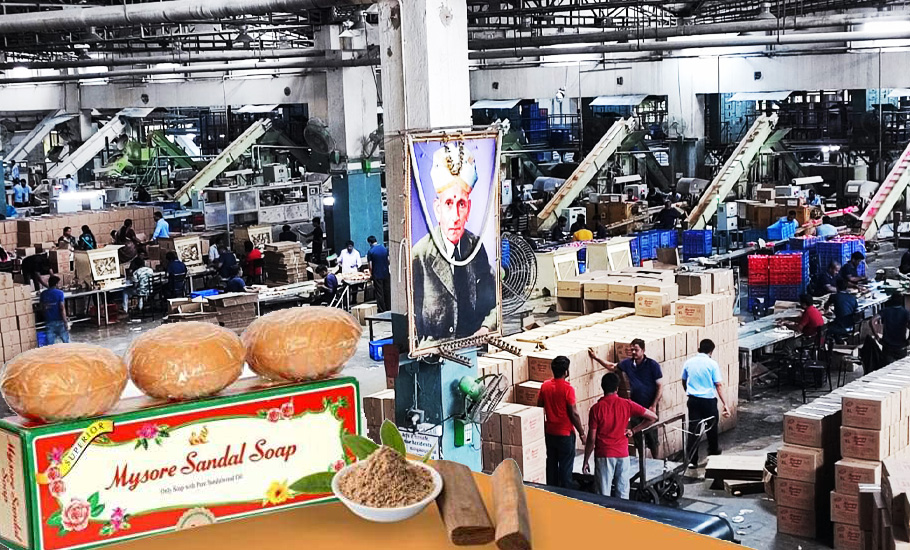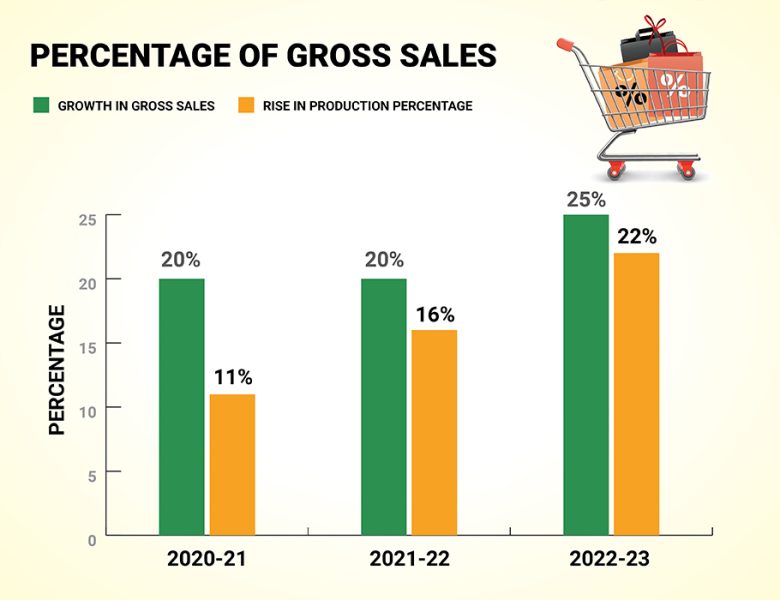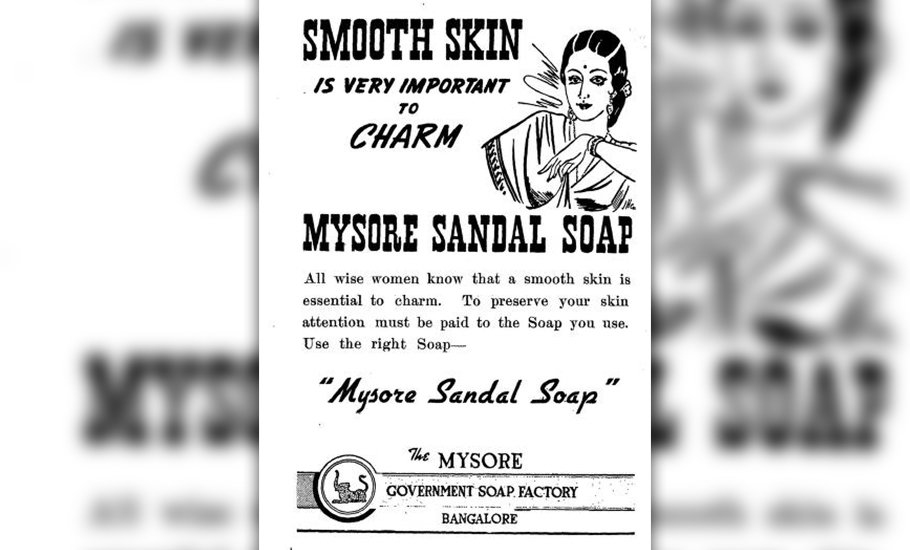
- Home
- India
- World
- Premium
- THE FEDERAL SPECIAL
- Analysis
- States
- Perspective
- Videos
- Sports
- Education
- Entertainment
- Elections
- Features
- Health
- Business
- Series
- In memoriam: Sheikh Mujibur Rahman
- Bishnoi's Men
- NEET TANGLE
- Economy Series
- Earth Day
- Kashmir’s Frozen Turbulence
- India@75
- The legend of Ramjanmabhoomi
- Liberalisation@30
- How to tame a dragon
- Celebrating biodiversity
- Farm Matters
- 50 days of solitude
- Bringing Migrants Home
- Budget 2020
- Jharkhand Votes
- The Federal Investigates
- The Federal Impact
- Vanishing Sand
- Gandhi @ 150
- Andhra Today
- Field report
- Operation Gulmarg
- Pandemic @1 Mn in India
- The Federal Year-End
- The Zero Year
- Science
- Brand studio
- Newsletter
- Elections 2024
- Events
- Home
- IndiaIndia
- World
- Analysis
- StatesStates
- PerspectivePerspective
- VideosVideos
- Sports
- Education
- Entertainment
- ElectionsElections
- Features
- Health
- BusinessBusiness
- Premium
- Loading...
Premium - Events

Can the scent of Mysore Sandal Soap overpower Santoor, Lifebuoy and others?

If Boroline is a Bengali’s best friend, the Mysore Sandal Soap is integral to Kannadiga identity. It is not surprising then that Karnataka Large and Medium Industries minister MB Patil has whiffed an economic opportunity in the famed soap. Patil has brought the 107-year-old Mysore Sandal Soap again into popular reckoning by inviting suggestions from industry experts for guidance in...
If Boroline is a Bengali’s best friend, the Mysore Sandal Soap is integral to Kannadiga identity. It is not surprising then that Karnataka Large and Medium Industries minister MB Patil has whiffed an economic opportunity in the famed soap.
Patil has brought the 107-year-old Mysore Sandal Soap again into popular reckoning by inviting suggestions from industry experts for guidance in “making Mysore Sandal a True Jewel as Envisioned by Shri Nalvadi Krishnaraja Wodeyar”.
Patil feels this revival is necessary because “as a brand, we (Mysore Sandal Soap) are less than 1/3rd of the reach of Santoor and less than 1/6th of the reach of Lifebuoy at the country level. Export is meagre 3% of the revenue. Brand Confined to South India alone and not the market leader in the home state too (sic).”
“When Medimix, Santoor, Patanjali can do it, why can’t #MysoreSandal,” Patil asked a tweet, on July 4.
#MysoreSandal is a Jewel of Karnataka!
As a brand, we are less than 1/3rd of the reach of Santoor and less than 1/6th of the reach of Lifebuoy at the country level.
Export is meagre 3% of the revenue.
Brand Confined to South India alone and not the market leader in the home… pic.twitter.com/haSugntw0b— M B Patil (@MBPatil) July 4, 2023
Patil couldn’t have been more right in asking this question. The over-a-century-old sandal soap, which was once world-famous is not in high demand, even in its ‘home state’ of Karnataka. Only three per cent of the total turnover is reportedly coming through export transactions.
“In the age of competitive markets, we have a great product like Mysore Sandal Soap but we have failed to capitalise on its brand value. The government is eager to find a remedy to this problem. Many initiatives will be launched soon to revive and create a market for this unique product that the state is proud of,” MB Patil told The Federal.
Mysore Sandal Soaps, manufactured by Karnataka Soaps and Detergents Limited (KSDL), have been exported to foreign countries, including the US, France, Sweden, Denmark, Norway, UAE, Saudi Arabia, Oman, Qatar, Bahrain and Kuwait, China, Taiwan, Cambodia, South Korea, Japan, Vietnam, Pakistan, Canada and South Africa among others over the years.
The yearly target of exports from 2019 to 2023, were Rs 15 crore, Rs 14 crore, Rs 15.04 crore, Rs 18 crore and Rs 18 crore, respectively. On the other hand, the targets achieved for the corresponding years were Rs 13.26 crore, Rs 14.53 crore, Rs 12.56 crore, Rs 17.94 crore and Rs 19.62 crore, respectively.

“KSDL achieved three per cent of its revenue from export,” an employee who works in the sales department of KSDL told The Federal.
“The revenue from operations in 2022 was Rs 929.62 crore when compared to Rs 783.74 crore in 2021. It is possible for us to increase the revenue further and compete with other soap companies if we strategize properly,” the employee said on the condition of anonymity.
“KSTDL has the capacity to touch the Rs 10,000-crore mark in business turnover, if the famed Mysore Sandal Soap reaches the doorsteps of consumers,” he said.
KSDL does have a scope for improvement as the percentage of the gross sales is improving consistently. It rose by 20 per cent in the financial year 2020-21, 20 per cent in 2021-22, and 25 per cent in 2022-23. Meanwhile, production percentage also increased to 11 per cent in 2020-21, 16 per cent 2021-22 and 22 per cent in 2022-23. Despite the consistent increase in business, Mysore Sandal Soap has failed to match the might of other big brands.

Mysore Sandal Soap is just one of the 23 products made by KSDL. These include Mysore Sandal Gold, Jasmine Bath Tablet, Rose Bath Tablet, Washing Bar. The company manufactures a range of cosmetics including Mysore Sandal Coconut Oil, Mysore Sandal Talc, Mysore Sandal Herbal Liquid Hand Wash, Mysore Sandal Mountain Meadows Liquid Handwash, Mysore Sandal Body Wash. It also produces 12 types of incense sticks including Mysore Sandal Dhoop Sticks and Mysore Sandal Mystic. The Mysore Sandal Soap is known for its high quality, but branding is the issue. Experts say the product has to be re-branded and made a marker of the identity of Karnataka much like Nandini milk.
The soap is well-known to the people of many countries of the world and is famous for being the only soap in the world made entirely from sandalwood. KSDL also holds the copyright to use the brand name of this soap under ‘Geographical Indication of India’ for quality maintenance, copy prevention and unauthorised use prevention.
Genesis
Mysore Sandal Soap has traced a rather interesting history in the southern state.
In May 1916, Nalwadi Krishnaraja Wodeyar, a progressive king of Mysuru, established a government sandal oil factory with the help of his diwan Mokshagundam Visvesvaraya. This happened because the kingdom of Mysore was the largest sandalwood producer in the world at that time.
However, the primary purpose of sandalwood oil factories was to extract oil using surplus stocks of aromatic wood that had been piled up since the export of sandalwood was banned after World War I. Two years later, in 1918, rare sandalwood oil soaps were gifted to the then Maharaja of Mysore.
Impressed by the gift, Wodeyar got the idea of making similar soaps for common people. He shared it with Sir M Visvesvaraya, who known for his perfectionism and never leaving a task in between, initiated the process to make high-quality soaps that were affordable for the public. With that aim in mind, Visvesvaraya invited technical experts from Mumbai and conducted soap-making experiments on the premises of the Indian Institute of Science (IISC).
It is also significant that IISC was established in 1911 by the king through K Seshadri Iyer, another diwan of Mysore. Among the talents involved in the research going on at IISC, Visvesvaraya identified a bright, young industrial chemist named Sosale Garalapuri Shastri and sent him to England to improve his knowledge of soap-making. After he standardised the process of adding pure sandalwood oil to soaps, a government soap factory was set up near KR Circle, Bengaluru.

Shastri was, however, not satisfied with this. He also created perfume from distilled sandalwood oil. Later, they decided to give Mysore Sandal Soap a unique shape and innovative packaging. In those days, soaps were usually rectangular and packed in thin, glossy and brightly coloured paper. But to make it stand out from other soap brands, they gave Mysore Sandal Soap an oval shape before the important packaging work.
Aware of the love of jewellery Indians have, Shastri designed a rectangular box resembling a jewellery box or case. Also, the box is filled with floral prints and carefully selected colours. At the centre of the design, he chose an unusual logo for the company, the Sharabha. According to local folklore, Sharabha is a mythical creature with the head of an elephant and the body of a lion. The soap manufacturers designed the emblem as a symbol of courage and wisdom, to symbolise the state’s rich heritage.
The product was sold for years without any advertising.
Then as the era of advertising campaigns began, a systematic and planned campaign carried vibrant signboards in neon colours in many cities across the country to advertise Mysore Sandal Soap. Images of the Mysore Sandal Soap box were seen everywhere, from tram tickets to fire packs. There was even a camel procession to advertise the soap in Karachi, which was then in India.
Different advertising campaigns have yielded good results. The demand for the soap in India and abroad created new records. Even the royal families of foreign countries started ordering.
In the 1980s, the company took another major turn. The oil extraction units at Mysore and Shivamogga were merged into one company leading to the emergence of KSDL.
In the early 1990s, the government agency faced tough times due to multinational competition, falling demand and a lack of coordination between sales and production divisions. When losses started piling up, the company was given a rehabilitation package by BIFR (Board of Industrial and Financial Reconstruction). KSDL grabbed the lifeline with both hands. The company streamlined its operations and soon it started showing profits again. Profits increased year after year and soon wiped out all its losses.

Given that the soap is made of sandalwood it is slightly costlier than its competitors and is one of the reasons driving down its demand. In 2006, the soap’s prospects looked up as it signed cricketer Mahendra Singh Dhoni as its brand ambassador. But just two years later KSDL took Dhoni to court saying he had violated the terms of his contract by not giving enough time.
Since then the company has launched no major campaign for advertisement and failed to expand its reach.
“The sales and distribution is not good in the tier-2 cities. In villages also there is a need to promote the soap and other sandalwood products of the Mysore brand. The soap has good skin-care benefits and we have to effectively convey these aspects to the people to make it Number 1 in Karnataka and to spread its sales network all over India. KSDL has the capacity to extend the target to Rs 2,000 crore in the current year’s target,” an official added.
Patil’s promise to work on the brand once again is a welcome development for the legacy brand.
